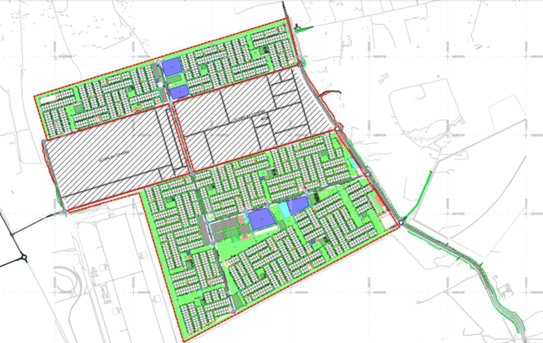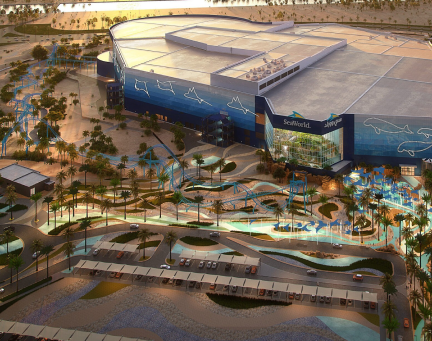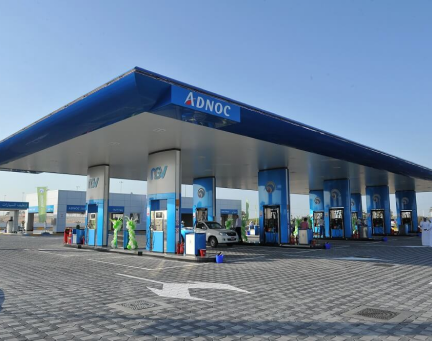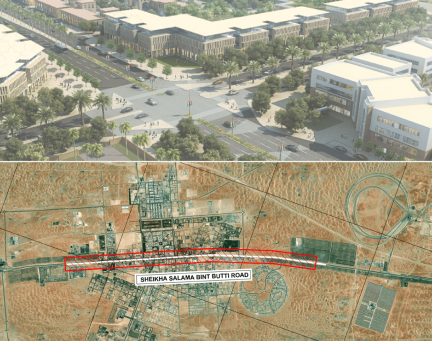Al Nabbagh Residential Development

Project Description
The Al Nabbagh Development covers a 704-hectare plot divided by an additional 317-hectare plot. The proposed land use is predominantly Emirati villas, with 2,699 villa plots designed to accommodate a population of approximately 23,598. Currently, the area consists of unmade desert land with rolling sand dunes and low-level vegetation. The development aims to create a sustainable and well-connected residential community. Trublu was commissioned to undertake Stage 1 and Stage 2 RSA for this project.
Challenge
The site’s natural terrain, including sand dunes and vegetation, presents unique challenges for road construction and accessibility. Ensuring safe and efficient traffic flow within the community, particularly at key access points, is essential to maintaining seamless connectivity. Existing road connections, such as the right-in, right-out junction on Tahnoun Bin Mohammed Al Nahyan Road, must be carefully integrated with the new road network to optimize movement and reduce potential conflicts. Additionally, maintaining low vehicle speeds in residential areas and enhancing safety at conflict points, such as private access roads, require well-planned traffic management strategies to ensure a safe and sustainable transport environment for all users.
Solution
We have recommended a range of road safety and traffic management measures to enhance parking efficiency, improve school zone safety, and optimize road layouts for all users. These measures focus on speed management and enforcement, ensuring safe vehicle movement within the area while reducing risks at key locations. Enhancements to junction priority, roundabout design, and traffic flow have been proposed to improve clarity and reduce conflicts. We have also recommended improvements to the cycle network and pedestrian infrastructure, ensuring safe and accessible routes for all users. Additionally, barrier protection, signage, and road markings have been suggested to enhance visibility and guide motorists safely through the area. These improvements are designed to create a safer and more efficient transport environment tailored to the specific needs of the community.



